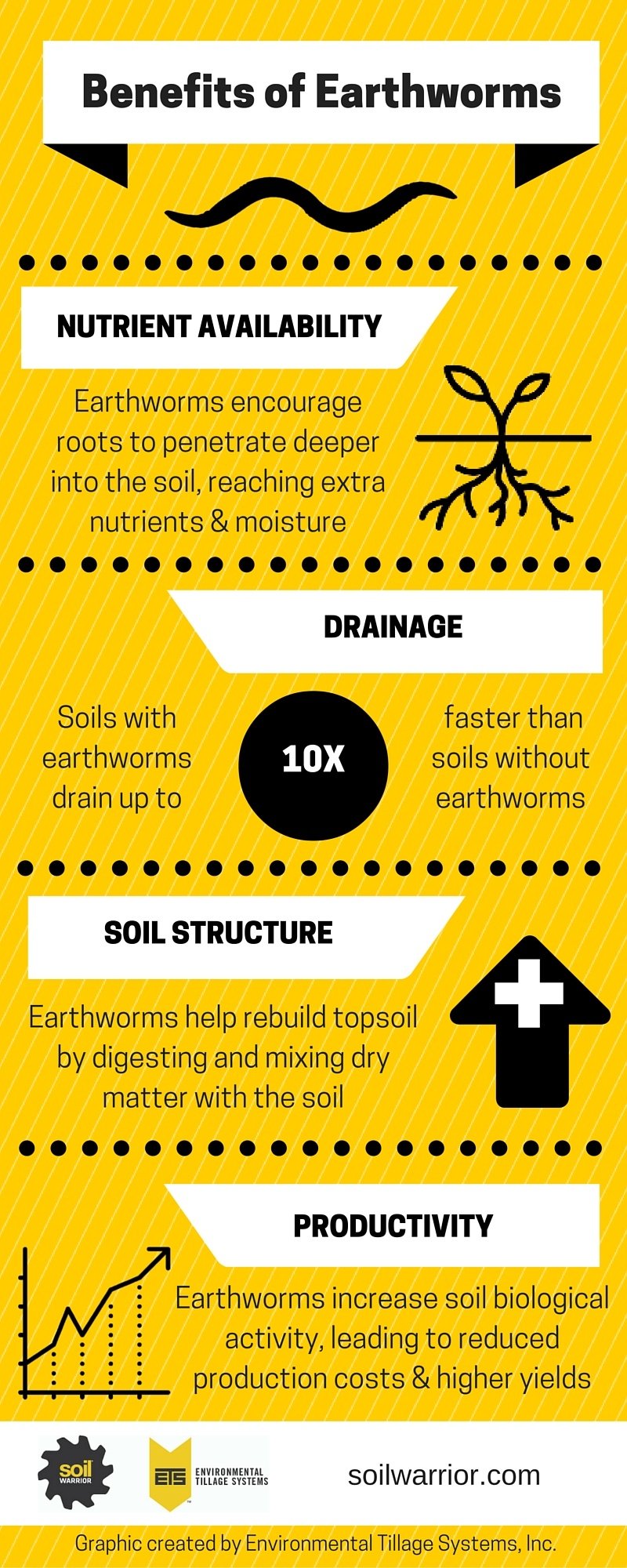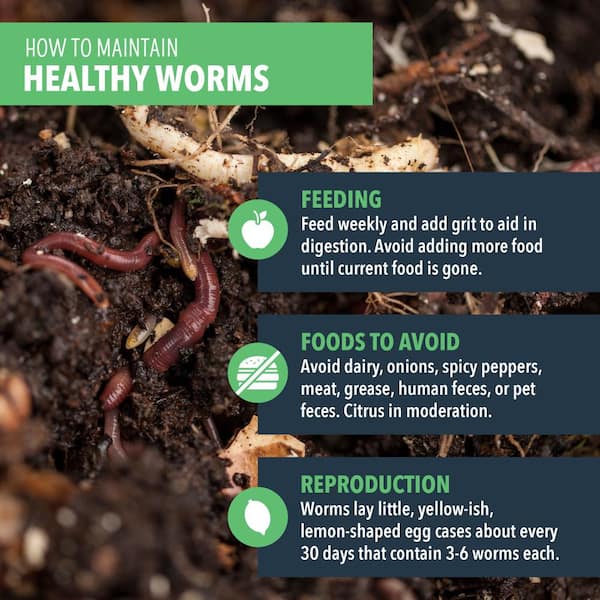The 3-Minute Rule for North Carolina Worms
The 3-Minute Rule for North Carolina Worms
Blog Article
Unknown Facts About North Carolina Worms
Table of ContentsThe Of North Carolina WormsGetting The North Carolina Worms To WorkHow North Carolina Worms can Save You Time, Stress, and Money.The 10-Minute Rule for North Carolina Worms
Instance: 1-gallon of worm castings to 4 gallons of potting mix. 1/2 mug in the bottom of the planting opening for smaller plants. 1 cup for bigger plants.
The addition of tea can also include boosted microbial biomass to your soil. You can constantly side-dress your plants with worm castings at any time. Simply keep in mind, the microorganisms will certainly pass away if exposed to UV rays (Sun), so make certain to cover the spreadings with an inch approximately of dirt.
This baffled them for years till the testing techniques came to be better. It would certainly get much better(with even more castings), level off, and after that decline. As well several worm castings would certainly increase the growth to a speed that the plant can not recover from.
Some Known Incorrect Statements About North Carolina Worms
Numerous herbicides deal with this exact same concept. 20% by volume appears to be the "Sugary food Place". I have clarified the merits of worm spreadings for concerning 2000 words. What about the opposite side of the coin? Nothing is ideal. Worm castings are no different. It takes some time to produce top quality worm spreadings.
You can buy them which causes number 2. Worm castings definitely cost more than chemical fertilizers. Worm castings are on the cheaper end of organic plant foods. You will certainly have to decide what is more important. It is very easy to generate tiny amounts of worm castings. (50 gallons each year) It is a much more difficult and extremely expensive investment to generate huge amounts of worm spreadings (Lake Hickory Bait).

Developing a healthy dirt may be the best benefit of worm spreadings. We went over worm spreadings NPK and likewise the proper nutrient analysis that should apply to worm spreadings.
North Carolina Worms Fundamentals Explained
We talked about some of the drawbacks connected with worm spreadings. I covered a great deal of product in this write-up.
The upright burrows are normally open, although the worms top the top with residue and excrement. Roots require oxygen for their development, whereas they create carbon dioxide that needs to leave the soil.
Earthworms increase porosity by 2 systems: (1) by producing long-term burrows, and (2) by improving dirt gathering. Aggregation is improved by the blending of dirt and organic matter in the earthworms' guts. Lake Hickory Bait. These very steady aggregates are transferred by some earthworms in their burrows, and by others at the surface of the dirt


In an additional study, earthworms were estimated to take in 4 to 10 percent of the leading 6 inches of the dirt each year. This only mosts likely to reveal the enormous amounts of soil that can be refined by earthworms. Dirt compaction lowers the porosity of the soil. Because earthworms enhance porosity, they minimize the results of compaction.
The Best Strategy To Use For North Carolina Worms
Normal earthworm populations can easily eat 2 lots of completely dry issue per acre annually, partly absorbing and mixing it with dirt. The relevance of earthworms to mix surface area deposit with dirt comes to be extremely clear in dirts that do not have any type of earthworms. The majority of our Pennsylvania dirts contend least some earthworms, and the effect of their full lack, as a result, can not be kept in mind.
(https://cleangreendirectory.com/gosearch.php?q=http%3A%2F%2Fwww.northcarolinaworms.com%2F&search-btn.x=0&search-btn.y=0)In these soils, the formation of topsoil with affordable natural issue web content did not take place, resulting in poor crop growth. Once the cause was established, the government of the Netherlands started a campaign to introduce earthworms. After the introduction of the earthworms, a dark topsoil layer was formed, and crop development increased substantially.
They live largely from partly disintegrated natural matter that is already included in the dirt. These types ingest large quantities of dirt that they mix with digested plant residue in their guts.
Their burrows remain open, although they cap the leading with plant deposit that they draw to the entrance. These varieties ingest substantial amounts of soil that they blend with absorbed residue in their guts. Their waste matter is mostly deposited at the surface of the dirt. The nightcrawler Lumbricus terrestris is the most prominent participant of this team.
Report this page